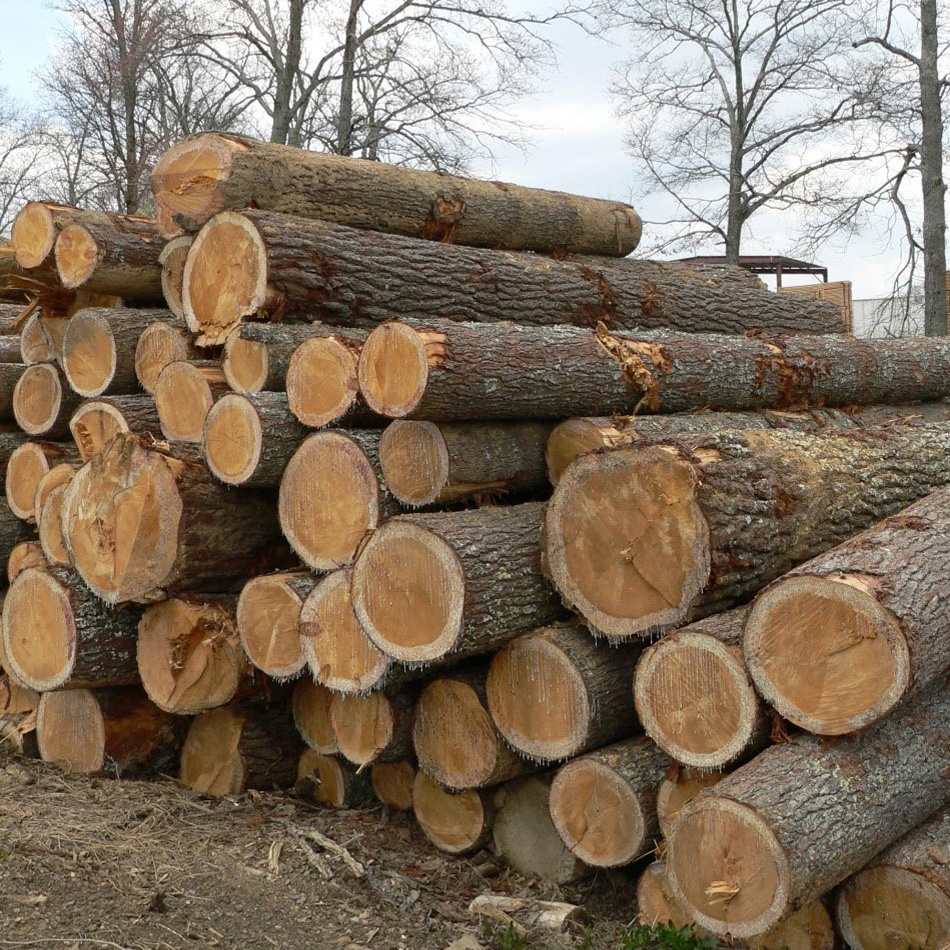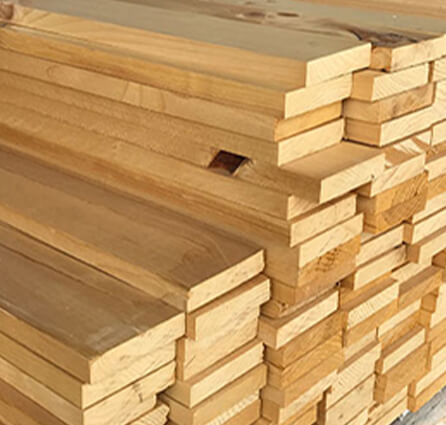Eastern white pine (Pinus strobus) is a large evergreen tree native to eastern North America. Here are some key features and information about Eastern white pine:
- Appearance:
- Needles: The needles of Eastern white pine are soft, flexible, and bluish-green in color. They are typically arranged in bundles of five.
- Cones: The cones are slender and can measure 4 to 8 inches in length. They have thin, fragile scales and are usually curved.
- Size:
- Eastern white pine is one of the tallest tree species in eastern North America. Mature trees can reach heights of 100 feet (30 meters) or more.
- Habitat:
- This pine species is well adapted to a variety of soil conditions. It is often found in mixed forests but can also dominate in pure stands.
- Range:
- Eastern white pine is native to the eastern United States and Canada. Its range extends from Newfoundland in Canada down to Georgia in the United States, with a westward reach into the Great Lakes region.
- Historical Significance:
- Eastern white pine played a significant role in American history. The tall, straight trunks of these trees were highly valued for ship masts during the colonial era, leading to the establishment of “mast colonies” where the best trees were reserved for the British Royal Navy.
- Wood Uses:
- The wood of Eastern white pine is lightweight, straight-grained, and easy to work with. It has been historically used for a wide range of purposes, including construction, furniture, and cabinetry.
- Ecological Importance:
- Eastern white pine provides important habitat for various wildlife species. Its needles, bark, and seeds offer food and shelter for birds and small mammals.
- Conservation:
- While still a common species, Eastern white pine has faced challenges, including logging and changes in land use. Conservation efforts are in place to ensure the sustainable management of these forests.
- Cultivation:
- Eastern white pine is also a popular tree for landscaping. It is planted for its aesthetic appeal and is used in windbreaks and reforestation projects.
Overall, Eastern white pine is a versatile and ecologically important tree with historical and cultural significance in North America.



